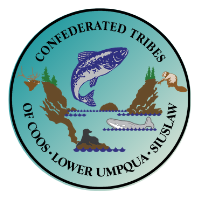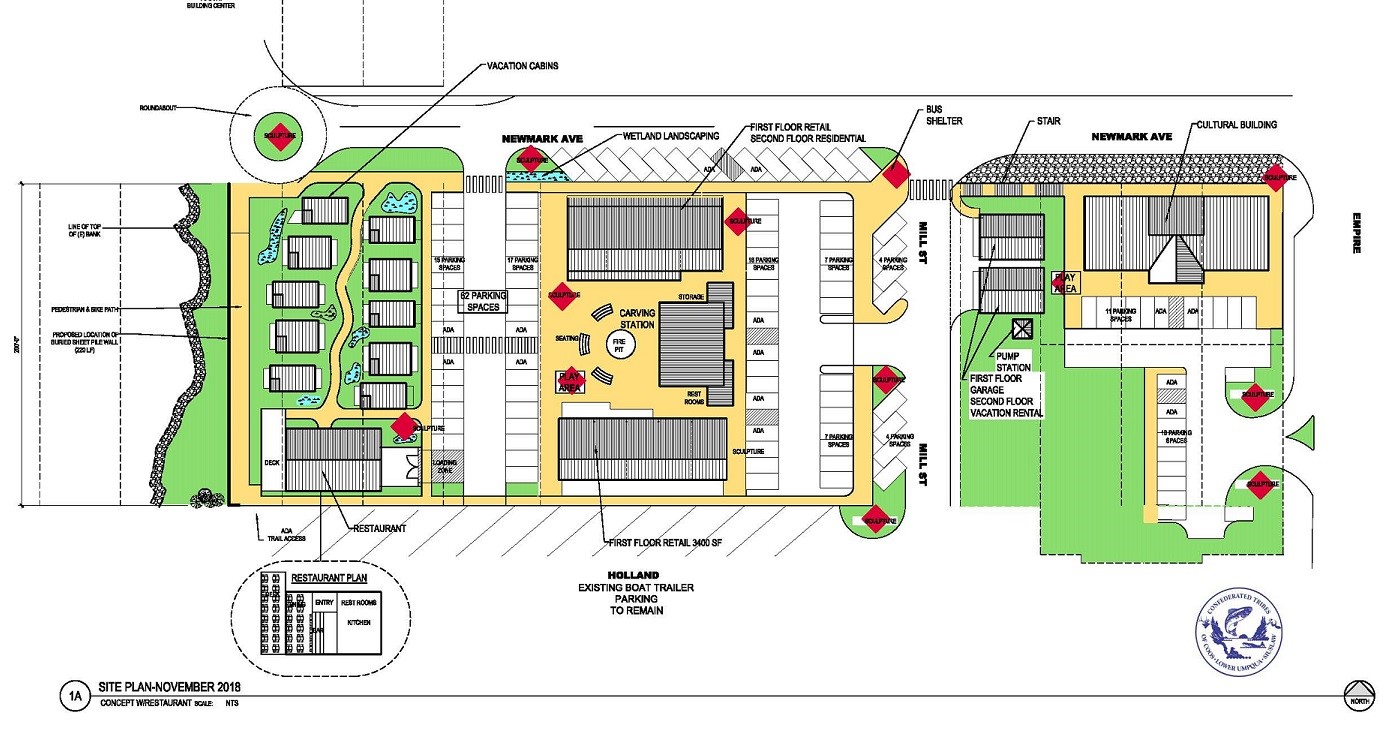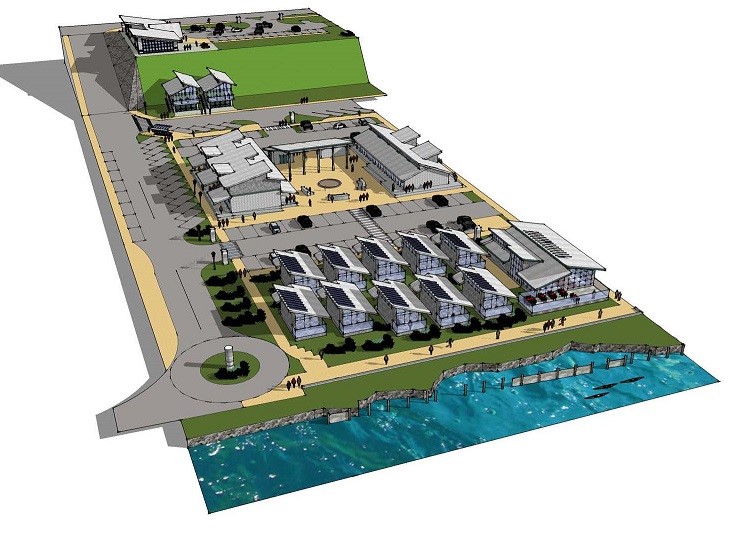Transit
The Tribes’ transit services are guided by the Coordinated Transit Plan (“Plan”) adopted by the Tribes in 2015. The Tribal Transit program is designed to meet the needs of the Tribal community but also most certainly benefits the overall community as well. The Tribes’ program provides their members better access to health care, recreation, education, employment, public services and social services. But the Tribes continue to support the local service providers that provide transit service to the entire region. The Tribes live in the same communities identified as underserved and those same communities at risk of losing services.
The following objectives were identified by the Tribes in their Coordinated Transit Plan.
A well-coordinated and accessible system that supports the elderly, disabled and low income.
A service based on successful collaboration with other local transit systems, local government entities and the State of Oregon.
The Tribes’ Tribal Transit Program is focused more heavily on coordination and less on development of large transit infrastructure. The transit program supports the many other government programs the Tribes operate to include drug, alcohol and tobacco prevention, senior activities and cultural events.
STATEWIDE TRANSPORTATION IMPROVEMENT FUND (STIF)
House Bill 2017, Keep Oregon Moving, was signed into law following the 2017 Oregon legislative session. The bill provided funding for public transportation services via a payroll tax of one-tenth of one percent on wages paid to employees. The requirements of the STIF formula funds are specified in Oregon Administrative Rules (OAR) Chapter 732, Divisions 40 and 42.
The Oregon Department of Revenue began assessing the tax July 1, 2018. 90 percent of these revenues are to be distributed by formula to Qualified Entities. A Qualified Entity is defined as; “A county in which no part of a Mass Transit District or Transportation District exists, a Mass Transit District, a Transportation District or an Indian Tribe.”
The Agency has updated the Formula Fund allocation estimate which forecasts the funding that is likely to be available to Qualified Entities each fiscal year of the funding period. There is little historic data to drive the calculation; as more data are collected, the forecast will become more accurate. The Agency will only distribute the revenue it receives, which may be more or less than this estimate, up to the Qualified Entity’s approved STIF Plan funding limit. If STIF revenues exceed STIF Plan approved funding, the Agency will not disburse those funds until a new STIF Plan is approved. Forecasts for the STIF allocation incorporate the previous year’s payroll tax shares. The 2021-23 allocation will use 2019 payroll shares data and the October 2020 STIF forecast, found on the STIF webpage linked here: https://www.oregon.gov/odot/RPTD/Pages/STIF.aspx
Qualified Entities are also permitted to carry funds forward, whether planned or unplanned. A Qualified Entity may wish to carry funds forward:
- to maintain an operating reserve for STIF Projects;
- to save for a large or multi-phased capital Project; or
- if revenues received exceeded actual expenditures.
PLAN
The STIF is intended to expand and improve public transportation services for current and future transit users. A STIF Plan serves as the application for STIF formula funding. STIF may be used for public transportation purposes that support the effective planning, deployment, operation, and administration of public transportation programs including, but not limited to, the following:
- Creation of new systems and services with origins, destinations, or stops in Oregon;
- Maintenance or continuation of systems and services in certain circumstances; and
- Planning for and development of a Local Plan or future STIF Plan to improve public transportation service.
Qualified Entities are required to coordinate with Public Transportation Service Providers in their area of responsibility to develop a sub-allocation method and estimates as a starting point for local decision-making. This planning level forecast provides a revenue estimate to assist Qualified Entities in developing STIF Plans. A Public Transportation Service Provider means a Qualified Entity or a city, county, Special District, Intergovernmental Entity or any other political subdivision or municipal or Public Corporation that provides Public Transportation Services.
The STIF Plan is the mechanism for accessing STIF funds. A Qualified Entity will submit a STIF Plan to the Agency using a STIF Plan application provided by the Agency. The Agency will review the submittal for completeness and facilitate a review of the STIF Plan by the PTAC and the Commission.
Under the Formula Fund program, STIF Plans may be submitted only with the approval of the Qualified Entity’s Governing Body. STIF Plans must be signed by a person with the authority to enter into legally binding agreements on behalf of the Qualified Entity. A charter or resolution typically specifies who has authority to enter into legally binding agreements.
Upon Commission approval, the submitted STIF Plan will function in lieu of a grant agreement between the Qualified Entity and the Agency. Therefore, by submitting the STIF Plan, the Qualified Entity is committing to adhere to the applicable OARs and deliver the Projects specified in the STIF Plan.
Qualified Entities are encouraged to provide the STIF Plan to their legal counsel for review prior to submittal to the Agency. Qualified Entities are also encouraged to work with their Agency regional transit coordinator as they develop their STIF Plan in order to identify and address potential issues early in the development process. Qualified Entities may wish to schedule a pre-application review meeting with their regional transit coordinator in advance of the STIF Plan submittal deadline.
ADVISORY COMMITTEE
The Qualified Entity’s Advisory Committee is a very important part of the STIF Plan development process and helps to ensure transparency and accountability at the local level. The Qualified Entity is required to appoint an Advisory Committee comprised of members who are knowledgeable about the public transportation needs of residents or employees located within or traveling to/from the Transportation District, Mass Transit District, or county. Members must represent diverse interests, perspectives, geography, and the population demographics of the area.
STIF Committee Members
- Debbie Bossley – Tribal Council Chair – Elder - Tribal Member
- Vicki Faciane – Director of Health & Family Services – Elder - Tribal Member
- Jeffrey Stump – Director of Planning
- Teresa Spangler – Director of Guest Services – Elder - Tribal Member
- Kathy Perkins – Transportation Coordinator – Tribal Member
CURRENT PROJECTS
2021 Cat. E Bus $87,000
CAT-E, 2021 Chassis. Based on current estimate.
Florence to Eugene $40,000
The Florence to Eugene intercity transit service proposed by the Lane Council of Governments (LCOG) with support from the Confederated Tribes, Lane Transit District (LTD) and the City of Florence in the 2019-21 biennium has experienced some level of success since its inception. Over the final 6 months of 2020, the service averaged over 285 riders per month despite the challenges stemming from the COVD 19 pandemic.
The Confederated Tribes 19-21 STIF plan included the project at a funding level of $20,000 per year. Also, the Confederated Tribes provided the bus currently used by LCOG for the route. LCOG anticipates utilizing the entire amount of 19-21 funding and LCOG has requested the same amount for the 21-23 biennium. LCOG has also successfully applied for additional grants and are purchasing another bus. It’s fair to say that their Link Lane service has been a successful undertaking for LCOG. It is the first intercity transit service they have provided.
Coos Bay to Florence $36,000
The Coos Bay to Florence intercity transit service provided by the Coos County Area Transit (CCAT) has also seen a degree of success. The route has experienced 650 riders since it began in July 2020. Again, despite the COVID 19 pandemic. The Confederated Tribes supported the service at a funding level of $10,000 per year in the 19-21 biennium. CCAT has also successfully applied for other grants and are experienced with the management of such grants. CCAT has requested funding for the 21-23 biennium at a level of $18,000 per year.
Transit Hub Design $19,800
Contract for development of a preliminary design and estimate for a Transit Hub in Florence, Oregon.
Planning & Coordination $7,200
The Confederated Tribes will seek to develop a park and ride capital improvement project in Florence, Oregon. A park and ride transit hub in Florence would support all other projects that the Tribes are advocating for in the region to include the Florence to Eugene route, the Coos Bay to Florence route and the Curry County Coast Express. The Tribes will coordinate with the Lane Council of Governments and the City of Florence. The Tribes will seek to find a suitable location, develop a preliminary design and a planning estimate to inform the project for the 23-25 biennium. The total request reflects a level of effort over the biennium of 160 hours at a rate of $45 per hour.
Contingency $10,000
Considering the uncertainty surrounding the COVID 19 epidemic, the Confederated Tribes anticipate some additional equipment costs associated with our busses. Calculated at 5% of total.


